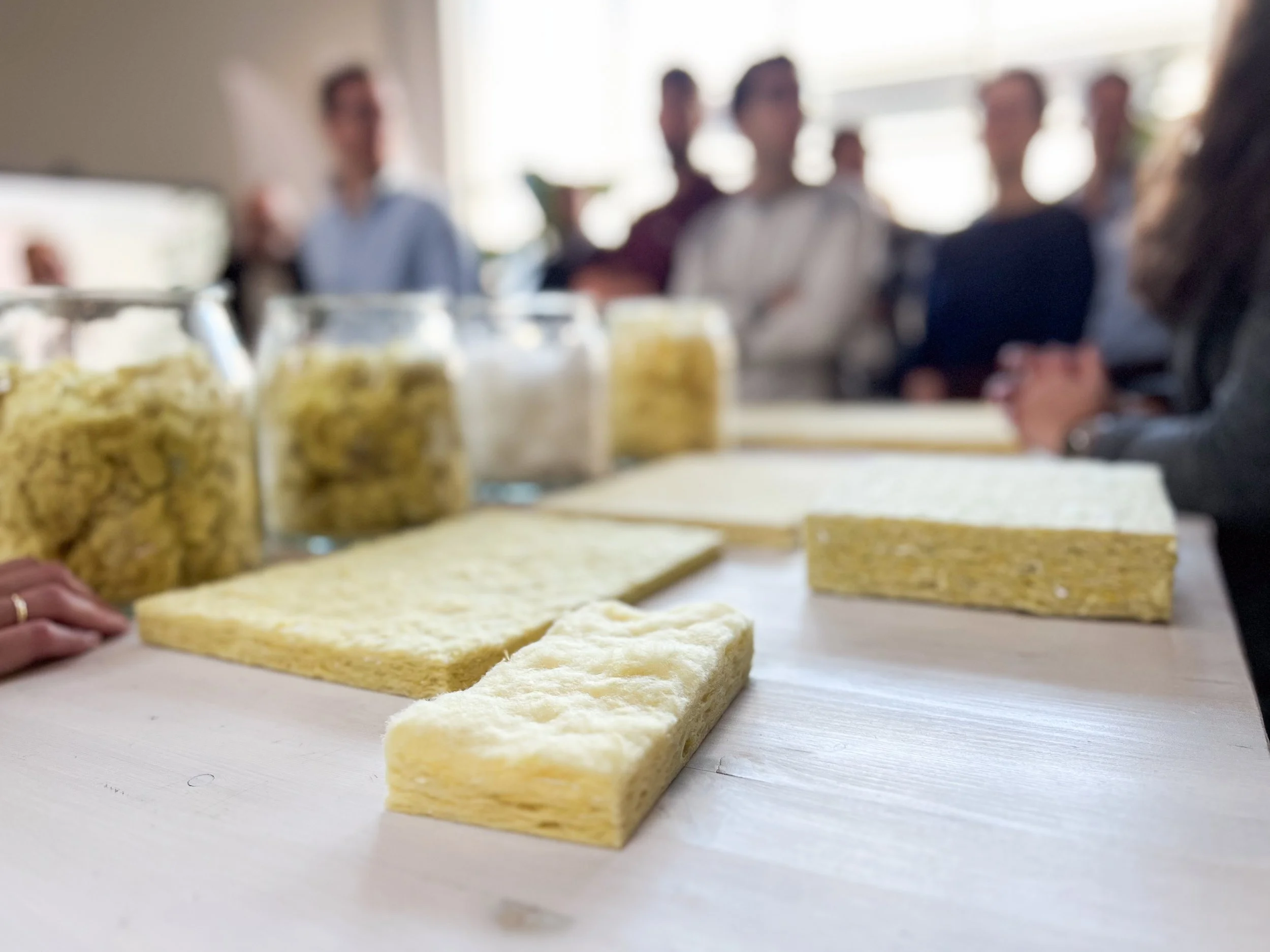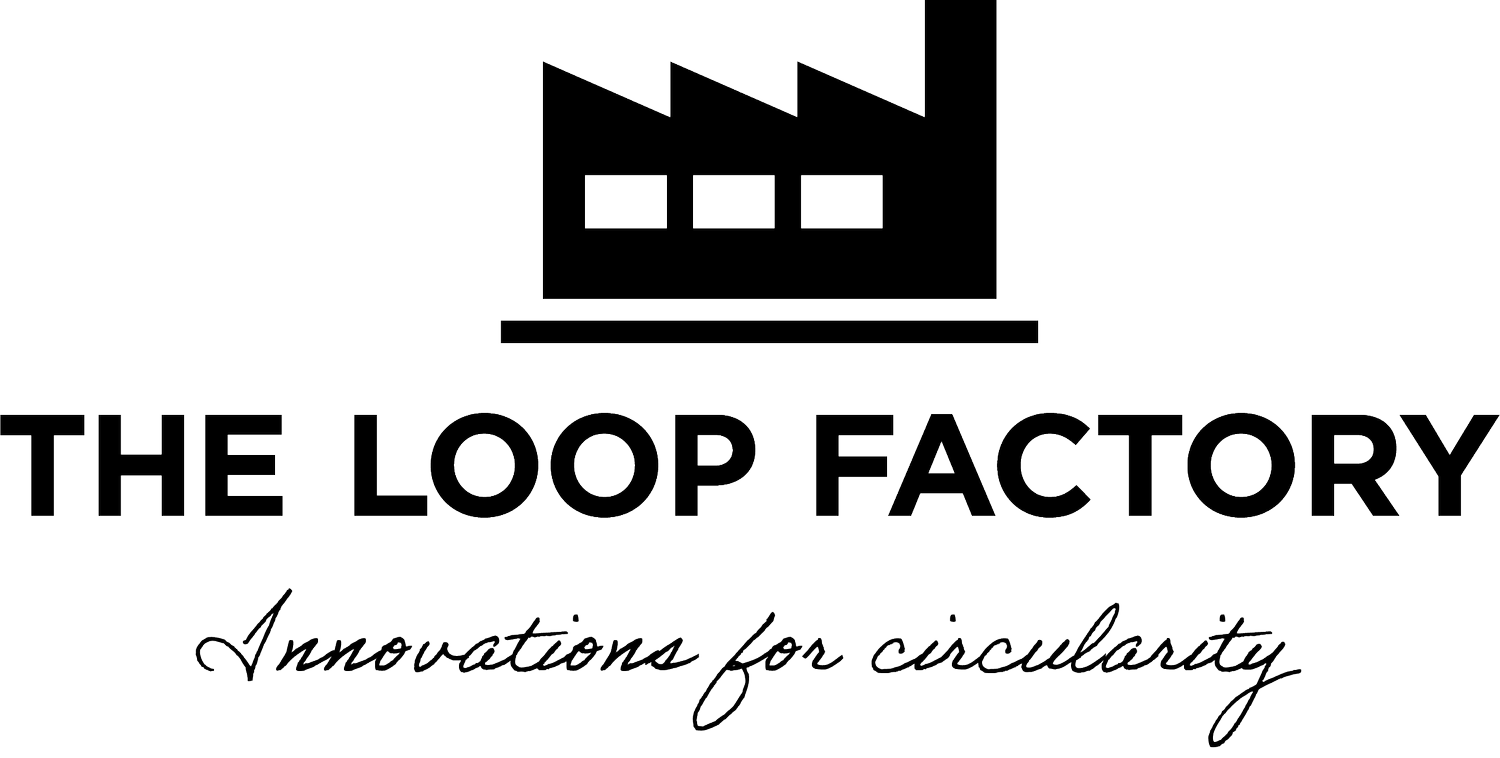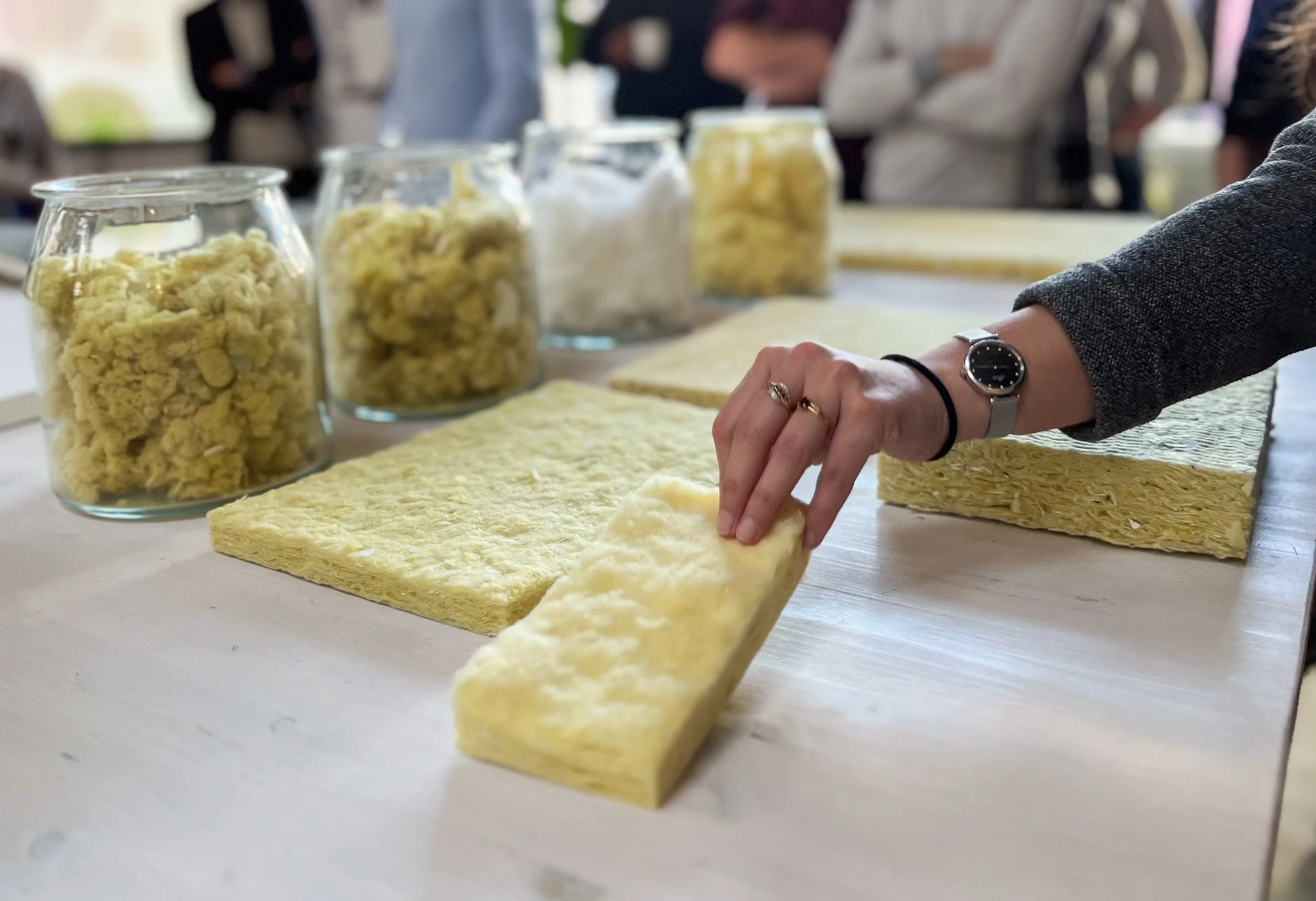
SCALING CIRCULAR
INNOVATION WITH
Saint-Gobain Ecophon.
How do you turn side-stream and post-consumer acoustic waste into scalable, high-performance products? Together with Saint-Gobain Ecophon, we have proven it’s possible. From early prototyping to an EU-backed circular value chain, this collaboration shows how bold climate goals, smart material recovery, and external R&D can unlock measurable results for manufacturers facing sustainability challenges.
Building a circular future,
one acoustic panel at a time.
We have worked closely with Saint-Gobain Ecophon to turn circular concepts into industrial solutions, from early prototyping to material recovery strategies built for scale. With a bold goal to become the first net-zero manufacturer of acoustic solutions, Saint-Gobain Ecophon took the next step in our long-term partnership by leading Ceilings4LIFE, a €3 million EU-funded project to industrialise circular recycling of acoustic panels.
We supported the funding application and were selected as a core partner for our expertise in fibre-based materials and circular implementation. Together, we are scaling recovery of post-consumer glass wool without melting fibres, producing 793 tonnes of Refiber™ boards annually, and reducing CO₂ emissions by 714 tonnes.
This phase builds on everything we have achieved. It proves what’s possible when strong sustainability ambition, customer expectations, and system-level change come together, and when circular goals are turned into scalable outcomes.
The challenge:
TURNING waste risk INto resource potential.
Each year, over 2.5 million tonnes of mineral wool waste are generated across Europe, much of it from construction and demolition, including ceiling and wall absorbers.
For Ecophon, a leading manufacturer of acoustic solutions, this created a growing challenge:
Too much valuable material was ending up in landfill or incineration
No scalable logistics or infrastructure existed for post-consumer material recovery
Internal R&D couldn’t fully meet the demand for innovation and circular design
New EU regulations were raising expectations on recyclability, traceability, and emissions
Ecophon had set an ambitious goal: to become the first net-zero manufacturer of acoustic solutions. But reaching that goal would require more than good intentions. It meant transforming waste into circular resources, at an industrial scale, with proven performance and market readiness.
That’s where we came in.
“The Loop Factory has been a real eye-opener for us.
Their expertise helped us bridge the gap between R&D and scalable production.”
OLA KARLSSON, SUSTAINABILITY & INNOVATION DIRECTOR, SAINT-GOBAIN ECOPHONOur role:
External R&D with
a circular focus.
Saint-Gobain Ecophon and The Loop Factory have built a long-term collaboration focused on closing the gap between internal R&D and industrial implementation. As an external innovation partner, we bring the technical capabilities, lab infrastructure, and systems thinking needed to turn complex material flows into circular, scalable solutions.
We have supported Ecophon across key stages of their circular development:
Insight support on material recovery and downstream feasibility
Prototype development with recycled content and performance validation
Roadmapping for circular logistics and scalable production
What we offer.
If you are a producer dealing with complex material waste or increasing regulatory pressure, you are not alone. Many large companies today:
Have valuable side streams, but lack the capacity or time to valorise them
Need to align ambitious sustainability goals with industrial realities
Are stuck between good ideas and scalable circular solutions
We work with companies ready to rethink materials, accelerate circular innovation, and lead through implementation.
Want to turn your side streams into circular value?




